Gaza updates: WFP responds to hunger crisis as Rafah incursion cuts access to warehouse
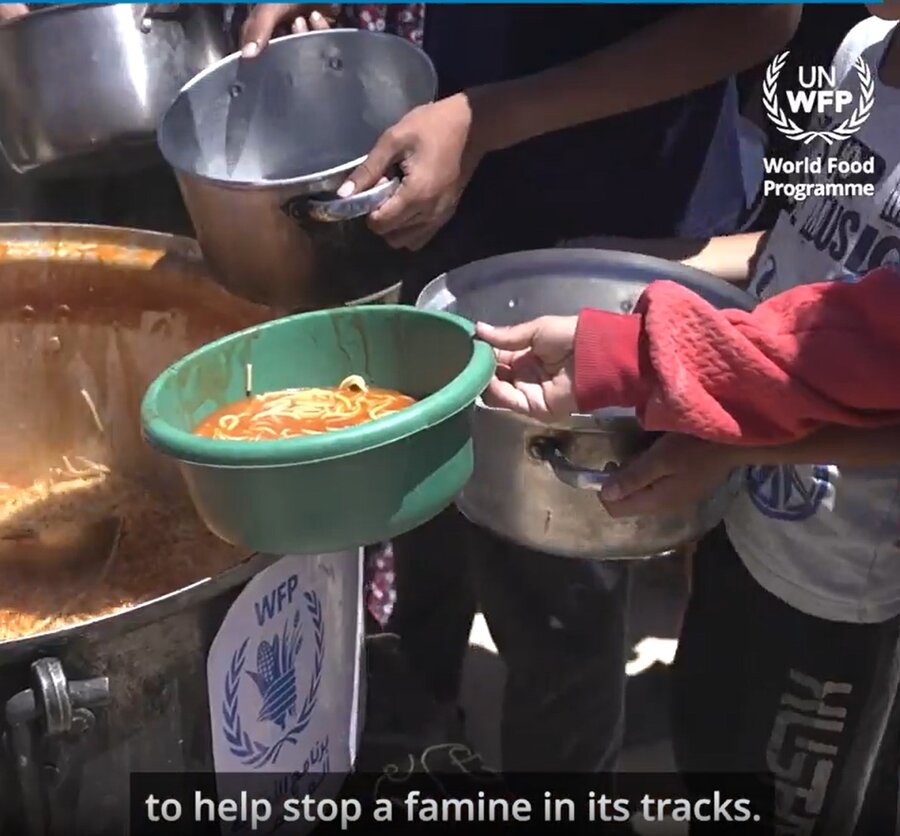
CLICK TO VIEW: LATEST NEWS RELEASES
Update 17 May 16:00 CEST
World Food Programme Country Director for Palestine Matthew Hollingworth:
“We’ve not been able to access our warehouse in Rafah for more than a week. We have very little food and fuel coming through the border crossings in the south.
“We are always trying hard but failing currently to bring in consistent volumes of food.
“We know we need additional entry points. Every new entry point is a new artery, pumping lifeblood into Gaza, so we will work hard to continue to find new entry points and get more assistance in, at volume, consistently, to help stop famine in its tracks."
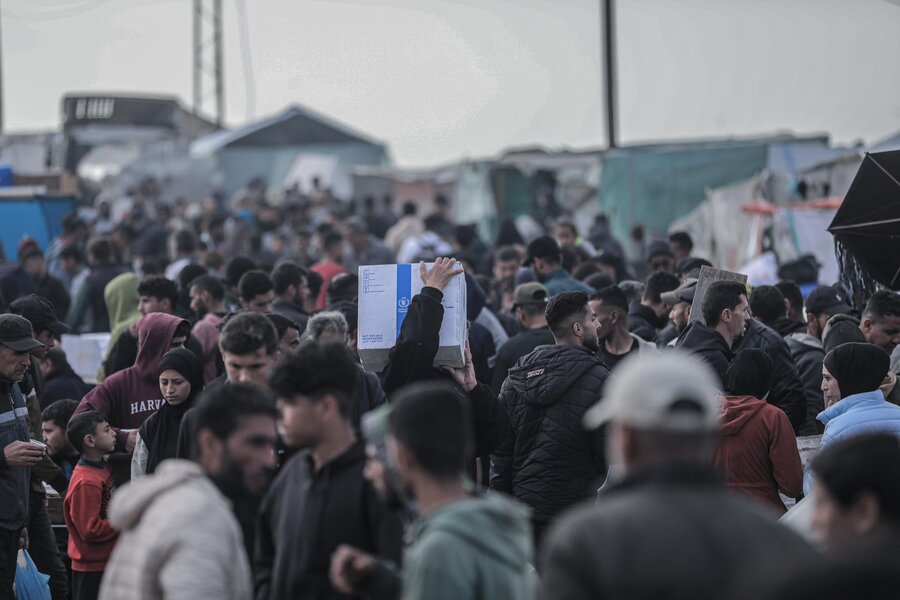
- The escalation of military activity in Rafah, southern Gaza, has displaced hundreds of thousands of people, making life even harder for thousands of families who have already been displaced several times. WFP is deeply concerned that a further escalation could precipitate a humanitarian catastrophe, and bring aid operations to a complete standstill.
- World Food Programme food and fuel stocks will run out in a matter of days. Since 6 May, we have not been able to access and receive aid from the Kerem Shalom crossing. The situation is becoming unsustainable.
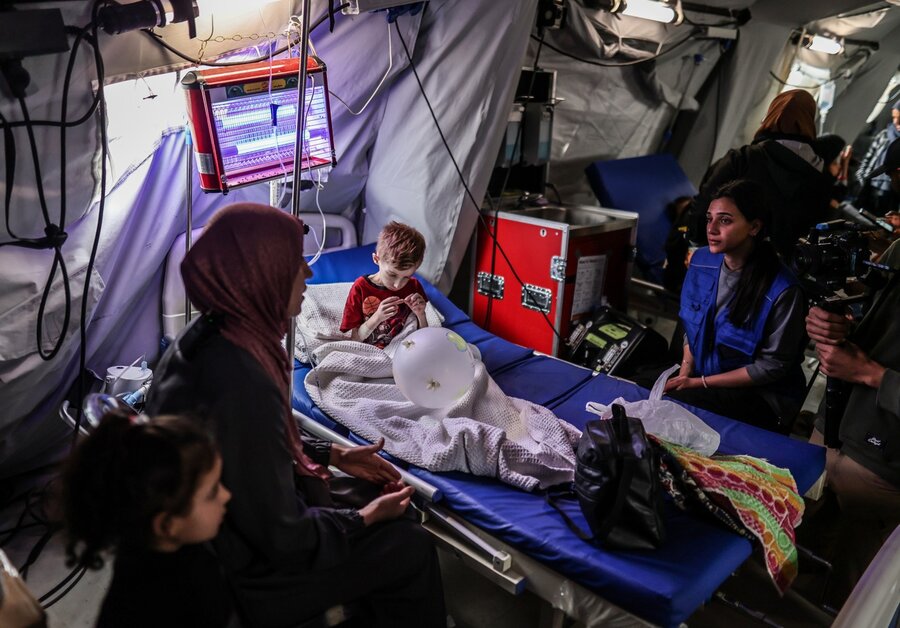
- WFP continues to distribute food aid despite significant challenges. But to reverse six months of near starvation conditions and avert a famine, steady flows of food supplies, every day and every week, through multiple entry points are required.
- The incursion into Rafah is a significant setback to recent modest progress on access. The threat of famine in Gaza never loomed larger.
- All parties involved must prioritize safe and sustained access for humanitarian staff, and the safeguarding of civilian lives,
- Mass displacement means systems for clearance and distribution of aid need to be rebuilt elsewhere – from scratch.
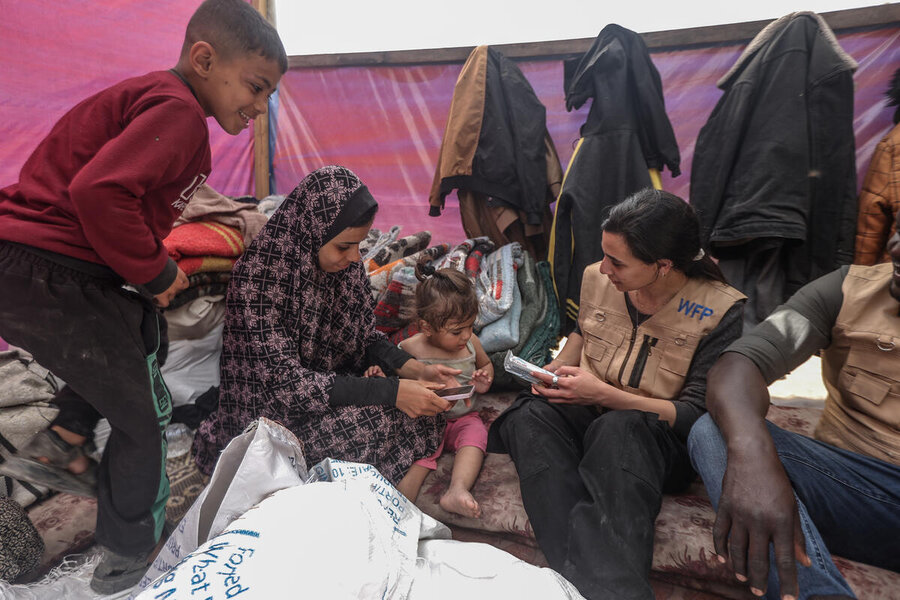
A family receives date bars from WFP in Deir El Balah. Photo: WFP/Ali Jadallah
Nutrition
The World Food Programme (WFP) has been providing special nutritional foods to pregnant and breastfeeding women, and children aged under-5, across Gaza. However, as of 11 May, distributions have been suspended in Rafah and are only ongoing in Khan Younis and Deir El Balah in a limited capacity.
In northern Gaza, rates of acute malnutrition among children aged under-2 have doubled from 15 percent in January to 30 percent in March. (Acute malnutrition is the most deadly form of malnutrition, with affected children between three to 12 times more likely to die than a well-nourished child.)
Hunger in Gaza: Famine findings a ‘dark mark’ on the world, says WFP Palestine country director
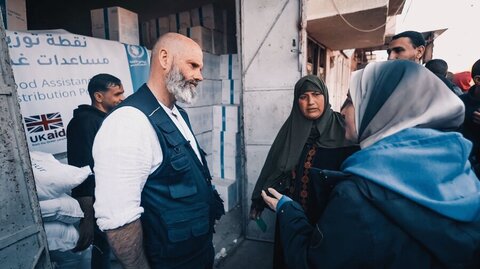
- We have seen the impact of prolonged closures in northern Gaza, and despite recent improvements in access to help mitigate a famine there, we are now also deeply concerned about the fate of hundreds of thousands in the south, if a full-scale operation and closures continue.
- Kerem Shalom crossing is a militarized zone, roads are unsafe, with security incidents
- The militarized area in Rafah poses obstacles to WFP accessing its main warehouse.
- Without a consistent fuel supply, everything stops: trucks, hospitals, generators for hospitals, sewage pumping systems, and desalination systems.
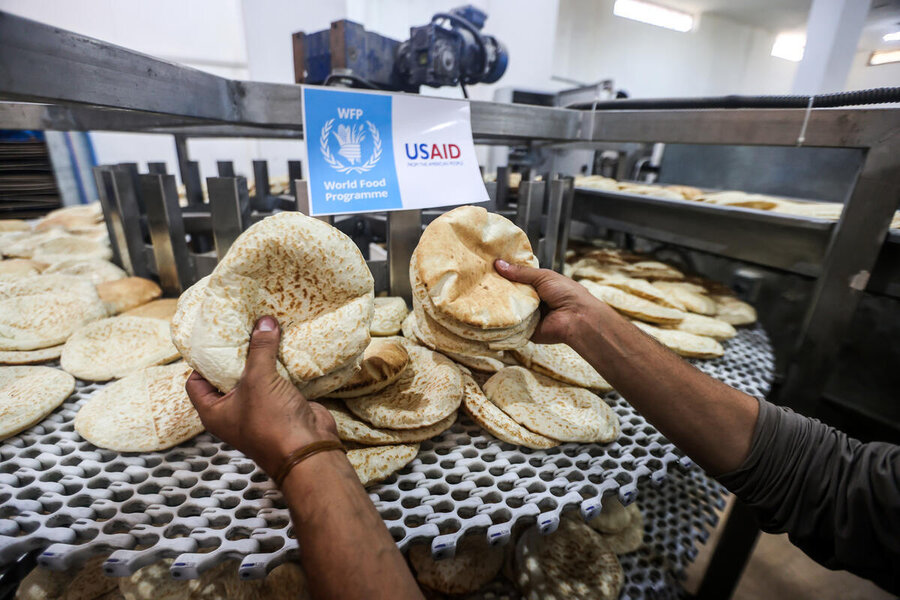
A USAID-funded bakery operation in the south of Gaza. Photo: WFP/Ali Jadallah
WFP is still on the ground working with partners to deliver:
- for the north, which had highest levels of food insecurity
- for central areas, where the displaced have no money, no basic resources; we are prioritizing hot meals to reach more people with less resources
- in the south (Rafah), where people face ongoing military activity, we distributed until we had no more stocks.
Recently introduced self-registration tool enables faster assistance by allowing people to update their location
The new coordinated route to north, plus use of Erez and Ashdod, allowed WFP to double aid to northern Gaza in April. Visible effect in Gaza City markets, where prices still very high however.
Four bakeries are open and operating in Gaza City, providing essential bread.
